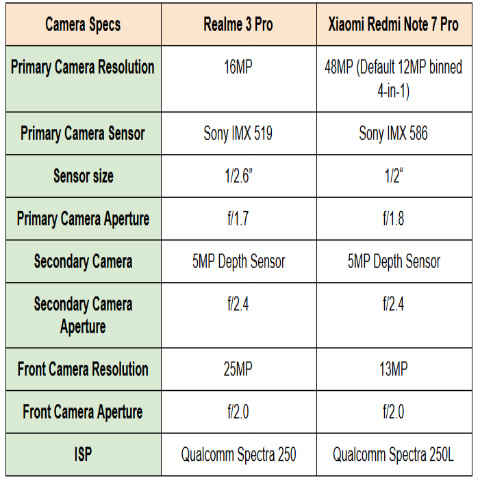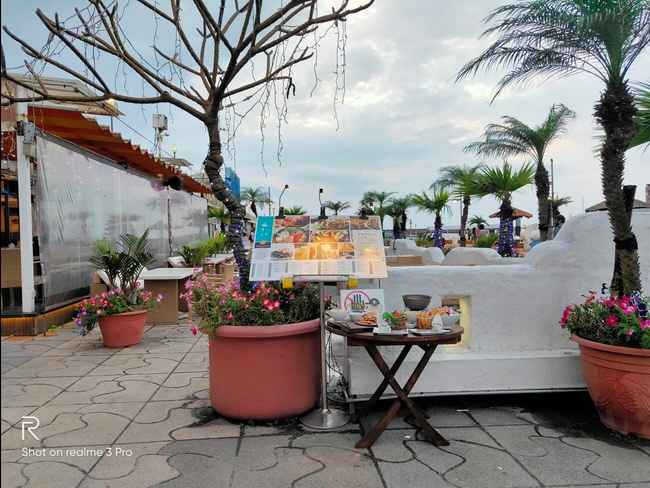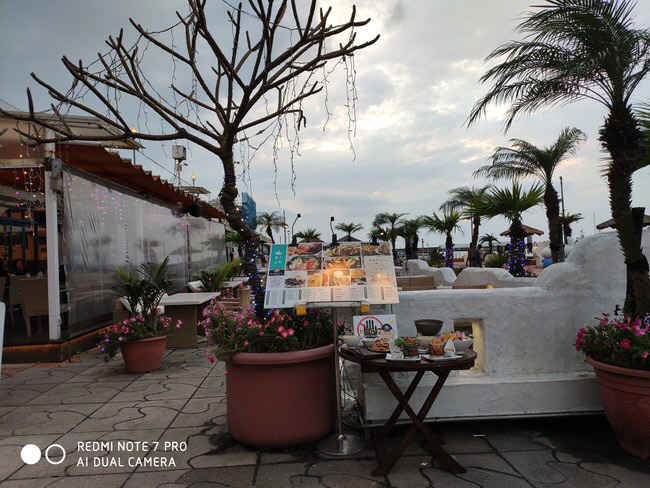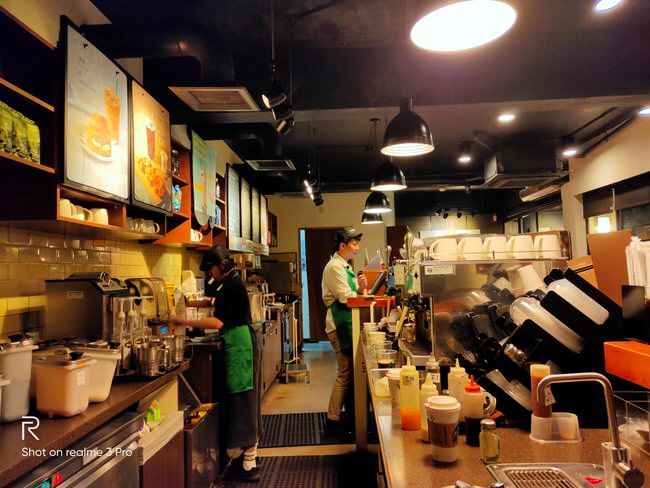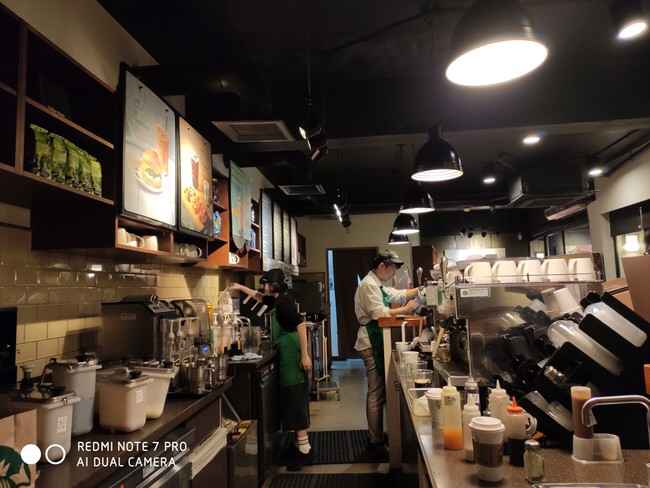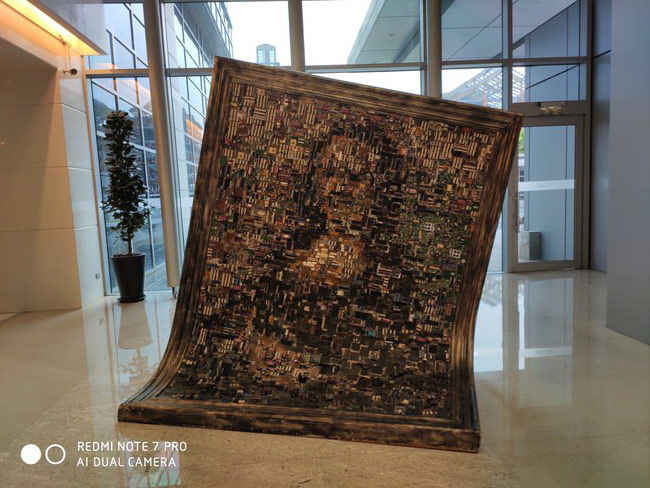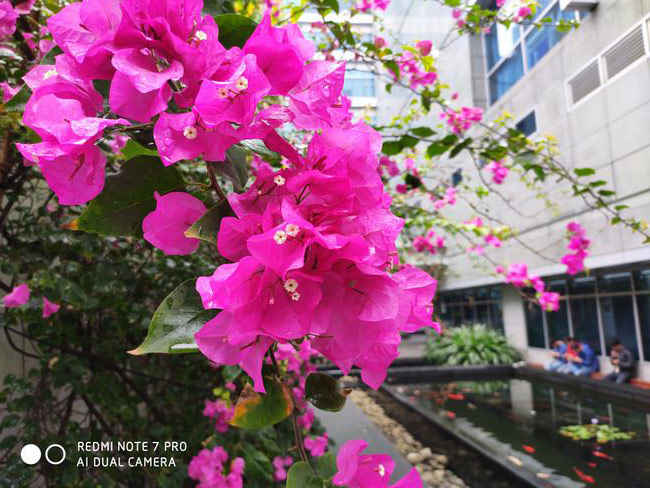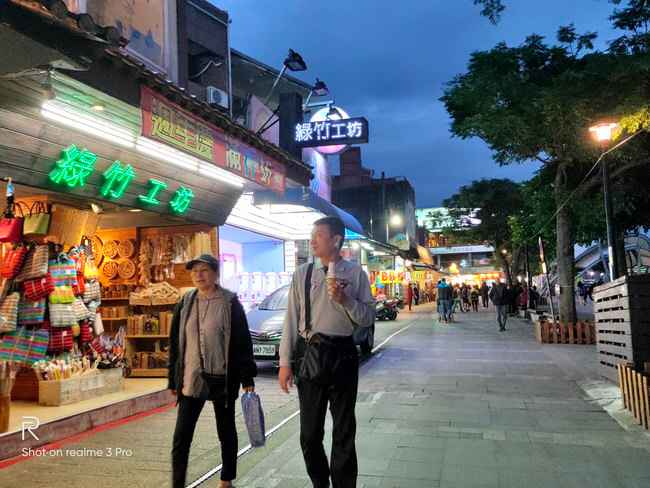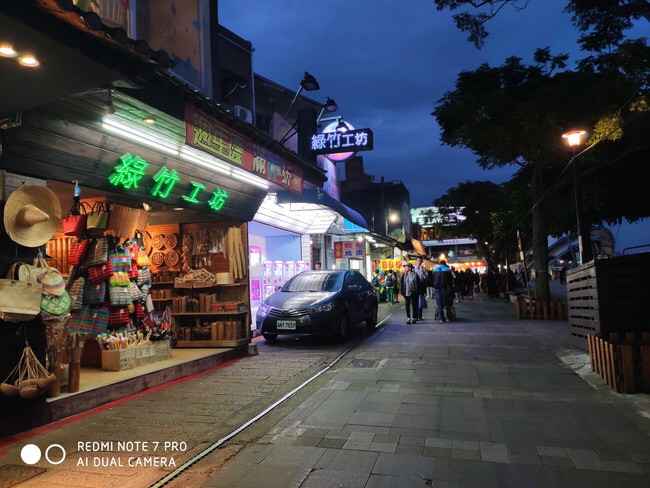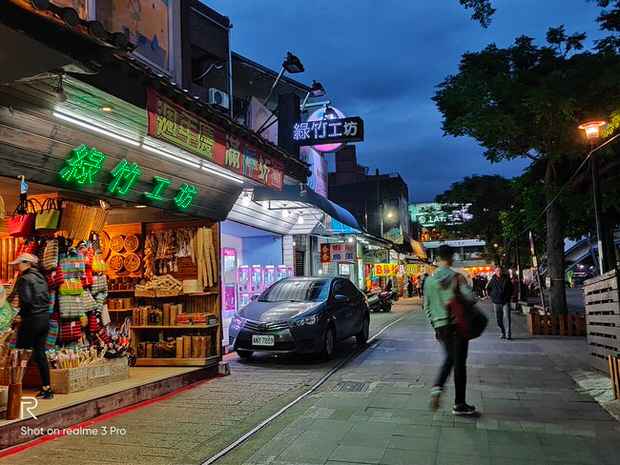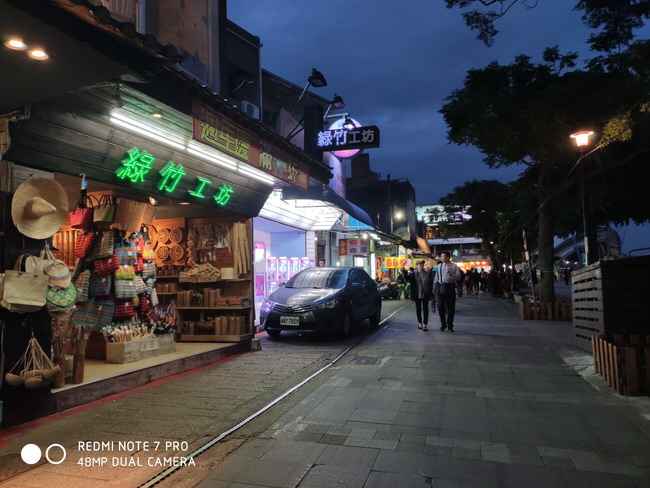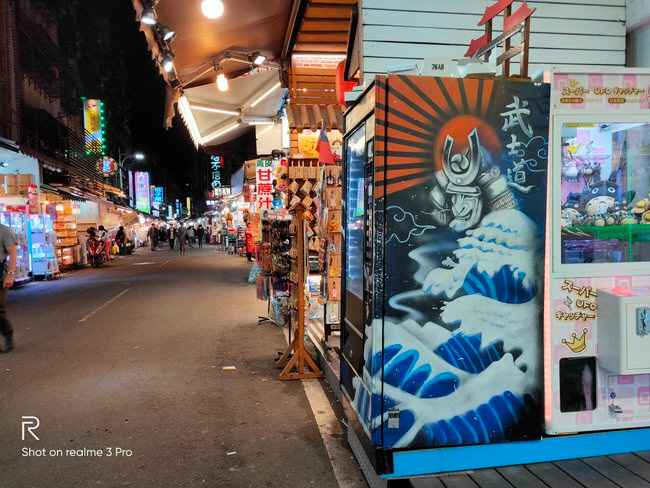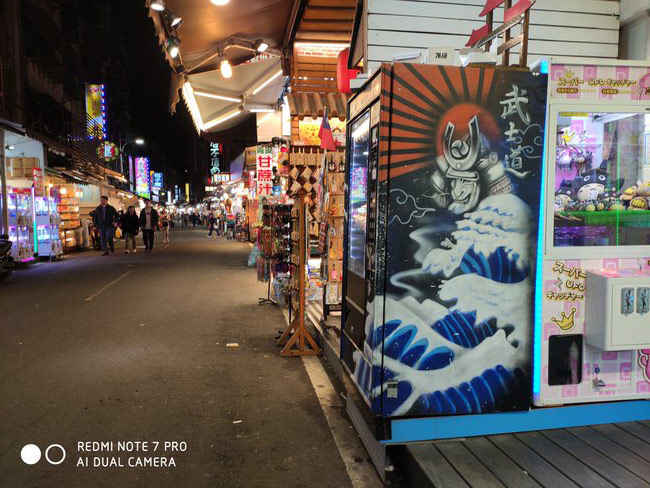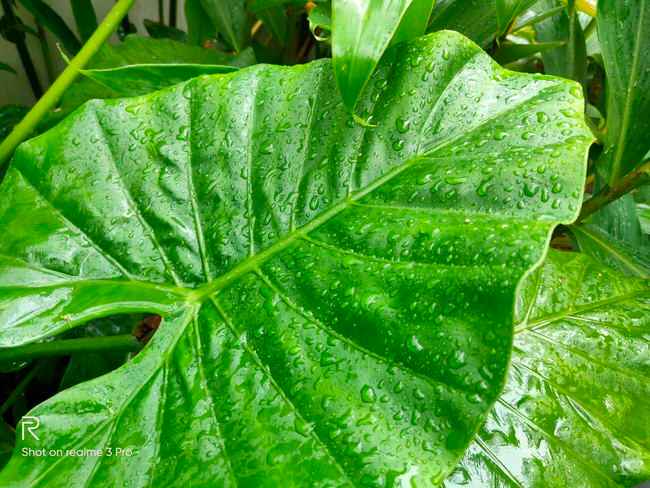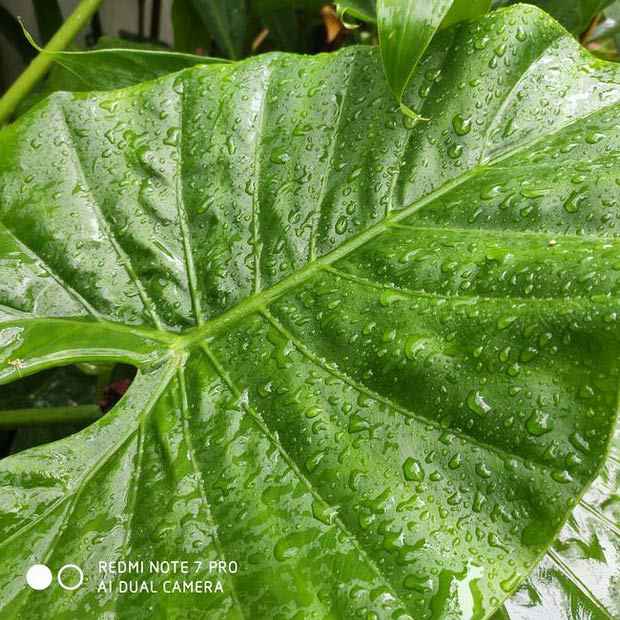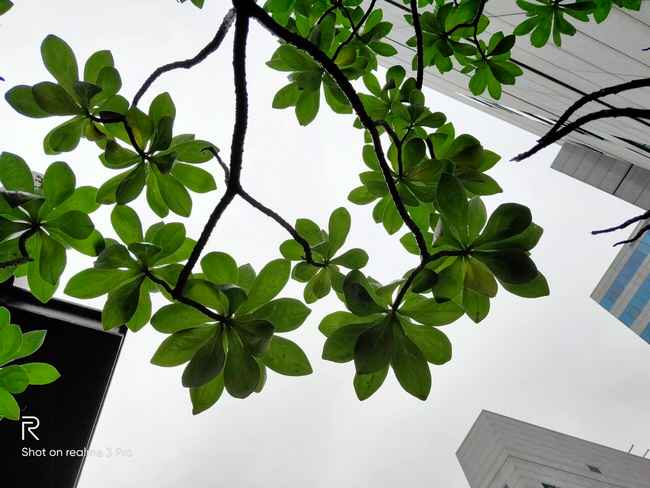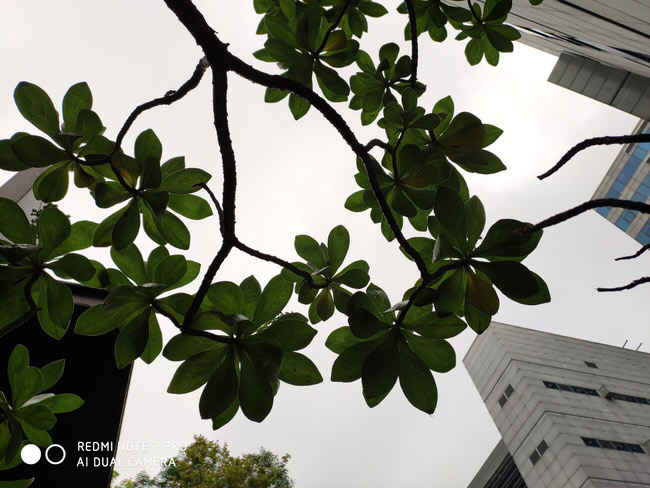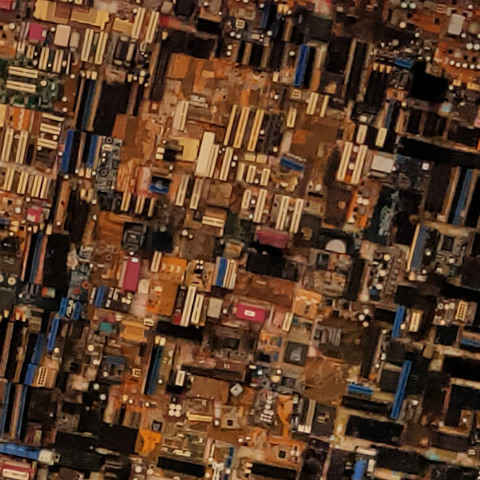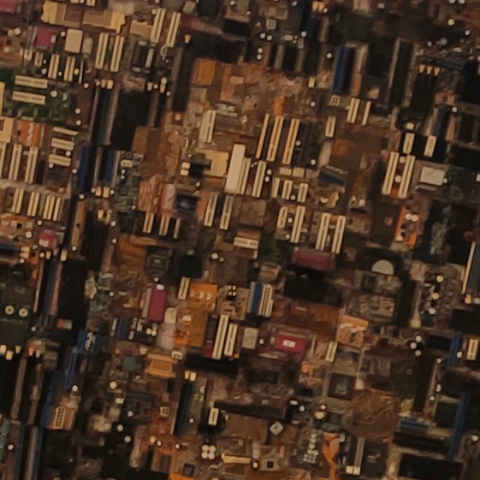Realme 3 Pro vs Redmi Note 7 Pro camera comparison: Same, same but different
How does the 16MP rear camera of the Realme 3 Pro compare against the mighty 48MP camera of the Xiaomi Redmi Note 7 Pro?
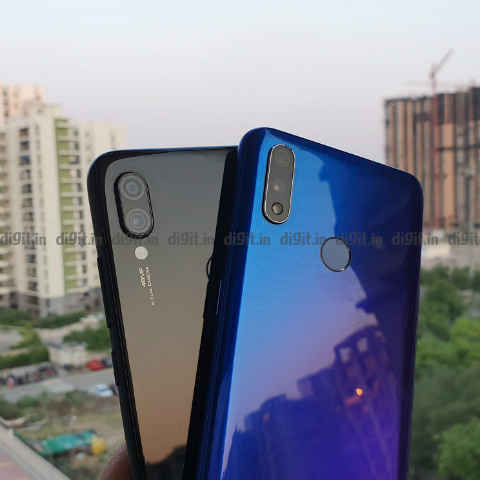
In an earlier comparison, we looked at the performance of the newly announced Realme 3 Pro and the phone’s closest rival, the Redmi Note 7 Pro. We observed that the performance of the two are more or less similar with the Realme 3 Pro offering a slightly better gaming experience than the Xiaomi Redmi Note 7 Pro. Next, we look at the camera performance of the two phones to determine which is a better phone under Rs 15,000 to take photos.
 Survey
SurveyRealme 3 Pro vs Xiaomi Redmi Note 7 Pro camera specs
On paper, there’s a big difference between the rear camera resolution and the sensor size of the Realme 3 Pro and the Xiaomi Redmi Note 7 Pro. While it’s easy to declare a winner purely on the basis of the hardware used, what we noticed was far from an easy comparison. The Realme 3 Pro uses the same 16MP sensor that’s there on the OnePlus 6T while the Redmi Note 7 Pro relies on the flagship 48MP Sony sensor, the largest mobile camera sensor available in the market presently.
The 16MP sensor on the Realme 3 Pro is your standard camera sensor with 1.22um pixel size while the 48MP sensor on the Redmi Note 7 Pro spans across a half-inch surface area with 0.8um-sized pixels. Interestingly, the Redmi Note 7 Pro by default takes photos in 12MP resolution which is achieved by binning four of the pixels into one to create effective light sensitivity equivalent to a 1.4um sized pixel. So far, the Redmi Note 7 Pro has produced some fantastic results with the rear camera.
On the front, the Realme 3 Pro offers a 25MP front camera while the Redmi Note 7 Pro packs a 13MP camera.
Both cameras come with their own AI scene recognition which can recognize a variety of scenes. In our testing, we noticed that the Realme 3 Pro was slightly faster in recognising the scene as compared to the Redmi Note 7 Pro.
Realme 3 Pro also comes with the company’s proprietary colour boosting mode called Chrome Boost which somewhat enhances the colours to make them more palatable. Most photos used in the sample have been taken with Chroma Boost turned on.
Disclaimer: Images used in the comparison has been resized for the web. You can head over to our Flickr Gallery (Realme 3 Pro and Redmi Note 7 Pro) to see the images in their native resolution
Daytime Photos
Shot on Realme 3 Pro
Shot on Xiaomi Redmi Note 7 Pro
Shot on Realme 3 Pro
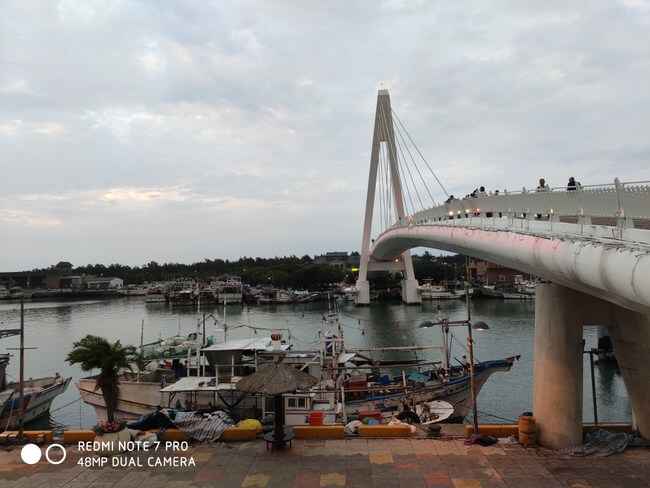
Shot on Xiaomi Redmi Note 7 Pro
Shot on Realme 3 Pro
Shot on Xiaomi Redmi Note 7 Pro
Daytime photos from both the phones don't show any noticeable flaws. The details and sharpness are well preserved although the Redmi Note 7 Pro’s takes slightly warmer shots while the Realme 3 Pro’s photos appear on the cooler side. Notice the blues in the daytime photos. In case of the Realme 3 Pro, the blues are more prominent and deeper while in the Note 7 Pro’s photos, the blues are mixed with a tinge of yellow making them warmer. Between the two, the Redmi Note 7 Pro’s photos are closer to the source.
However, when it comes to how well-lit the images, the Realme 3 Pro produces better results. In most of the shots taken around 4PM, the Realme 3 Pro’s results were lit better than the Redmi Note 7 Pro. Although, if you zoom in to look at the overall sharpness, the Redmi Note 7 Pro seems to be doing a better job with its binned 12MP default mode.
Indoor Photos
Shot on Realme 3 Pro
Shot on Xiaomi Redmi Note 7 Pro
Shot on Realme 3 Pro
Shot on Xiaomi Redmi Note 7 Pro
When it comes to indoor photos, the colour bias in both the cameas become more apparent. The Realme 3 Pro’s indoor shots come out far more saturated than I would prefer. Agreed the photos are well-lit, even though both the phones took the photos at the same exposure. Details in the Redmi Note 7 Pro are far more sharper though than in the Realme 3 Pro. It ultimately comes down to whether you like the colours saturated or more demure like in the Redmi Note 7 Pro. I prefer the latter.
Portrait Photos
Shot on Realme 3 Pro
Shot on Xiaomi Redmi Note 7 Pro
Both the Realme 3 Pro and the Redmi Note 7 Pro use a secondary 5MP depth sensor to take portrait photos and by the looks of it, both are quite capable of segregating the background from the foreground. However, if you look at the subject closely, the flowers in the photo taken by the Redmi Note 7 Pro appear a lot more sharper. Even then, the blurring on the Realme 3 Pro looks more consistent. The Redmi Note 7 Pro took parts of the flowers in the background as part of the subject making the blurring slightly more inconsistent.
Low light photos
Shot on Realme 3 Pro
Shot on Xiaomi Redmi Note 7 Pro
Shot on Realme 3 Pro
Shot on Xiaomi Redmi Note 7 Pro
Shot on Realme 3 Pro
Shot on Xiaomi Redmi Note 7 Pro
Earlier we noted the Redmi Note 7 Pro is pretty good at taking low-light photos. The Realme 3 Pro seems to be equally good. Both phones come with Night Modes, which takes multiple shots to create a long-exposure shot and use machine learning to stabilise the photos. In effect, the results come out quite similar. Using night mode, details like texts lit against a background light come out more prominent and sharper while the overall colours and exposure are slightly better. However, in both cases, using night mode also resulted in a lot more noise.
Looking at the low-light shots, both phones are a testament to how far mid-range phone cameras have come in terms of low-light photos.
Close-up
Shot on Realme 3 Pro
Shot on Xiaomi Redmi Note 7 Pro
Close-up photos from the Redmi Note 7 Pro and the Realme 3 Pro are fairly rich in details and sharpness, however, there’s a big difference in how the two phones reproduce colours. The Redmi Note 7 Pro takes a more neutral stand while Realme 3 Pro saturates the colour to a big extent.
HDR Performance
Shot on Realme 3 Pro
Shot on Xiaomi Redmi Note 7 Pro
As the photos show, the Realme 3 Pro has a better dynamic range than the Redmi Note 7 Pro. The leaves have much more detail in the photo taken by the Realme 3 Pro even though both are against an overcast sky.
Details
Shot on Realme 3 Pro
100 percent crop
Shot on Xiaomi Redmi Note 7 Pro
100 percent crop
Finally, we checked whether the larger sensor of the Redmi Note 7 Pro manages to retain more details at 100 percent crop and turns out that’s indeed the case. The 100 percent crop of the 16MP photo taken by the Realme 3 Pro has lesser details and sharpness as compared to the 100 percent crop of the 12MP photo taken by the Redmi Note 7 Pro. The clear winner in this segment is the Redmi Note 7 Pro.
Final Thoughts
Between the Redmi Note 7 Pro and the Realme 3 Pro, there’s very little separating the camera quality even though Xiaomi offers a newer, and larger camera sensor. Be it in broad daylight, indoors or in low-light, the fundamental difference between the two phone’s camera is the fact that the Realme 3 Pro tends to saturate the colours a lot while the Redmi Note 7 Pro keeps it more natural. We also saw the Redmi Note 7 Pro is slightly better at taking portrait shots presently, but the Realme 3 Pro can very well fix its algorithms in a later update.
The Realme 3 Pro and the Redmi Note 7 Pro, as a result, are two very similarly packaged smartphones with little difference. Both phones have its strengths and weaknesses. The Redmi Note 7 Pro’s 48MP sensor comes into play in preserving more details while the Realme 3 Pro does a good job in keeping a good exposure and offering aesthetic results. We will be calling this comparison a close tie between the two.
